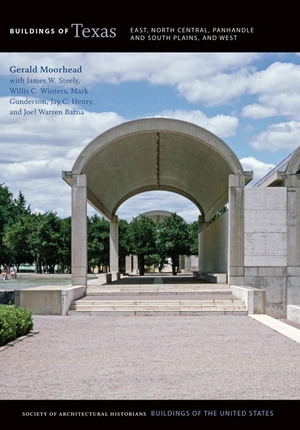
San Salomón (Anglicized to Solomon) Springs, known as Mescalero Springs to the U.S. Army expedition that explored the area in 1849, releases between 22 and 28 million gallons of water per day. It provided water for the hand-dug irrigation canals of area farmers and then formed the heart of an agricultural land development program in the early twentieth century. In 1936, Company 1856 of the Civilian Conservation Corps (CCC) dug a 1.75-acre swimming pool composed of a 200-foot-diameter circular pool and two 389-foot-long wings (one of which has since been shortened by about half). The pool was lined with limestone blocks and its banks lined with flagstones. The CCC workers also built a limestone concession building, 2 bathhouses, an adobe house for the park superintendent, and the San Solomon Courts, which consists of 2 L-shaped stuccoed-adobe buildings with red tile roofs, containing 18 motel units. In the mid-1990s, Texas Parks and Wildlife re-created a desert wetland, or ciénega, just west of San Solomon Courts, which provides a viewing area for endangered indigenous fish and turtle species. Water from the springs flows into Balmorhea Lake, approximately 5 miles northeast. It is a major waterfowl-watching area during spring and fall migrations, attracting birders from all over North America.

